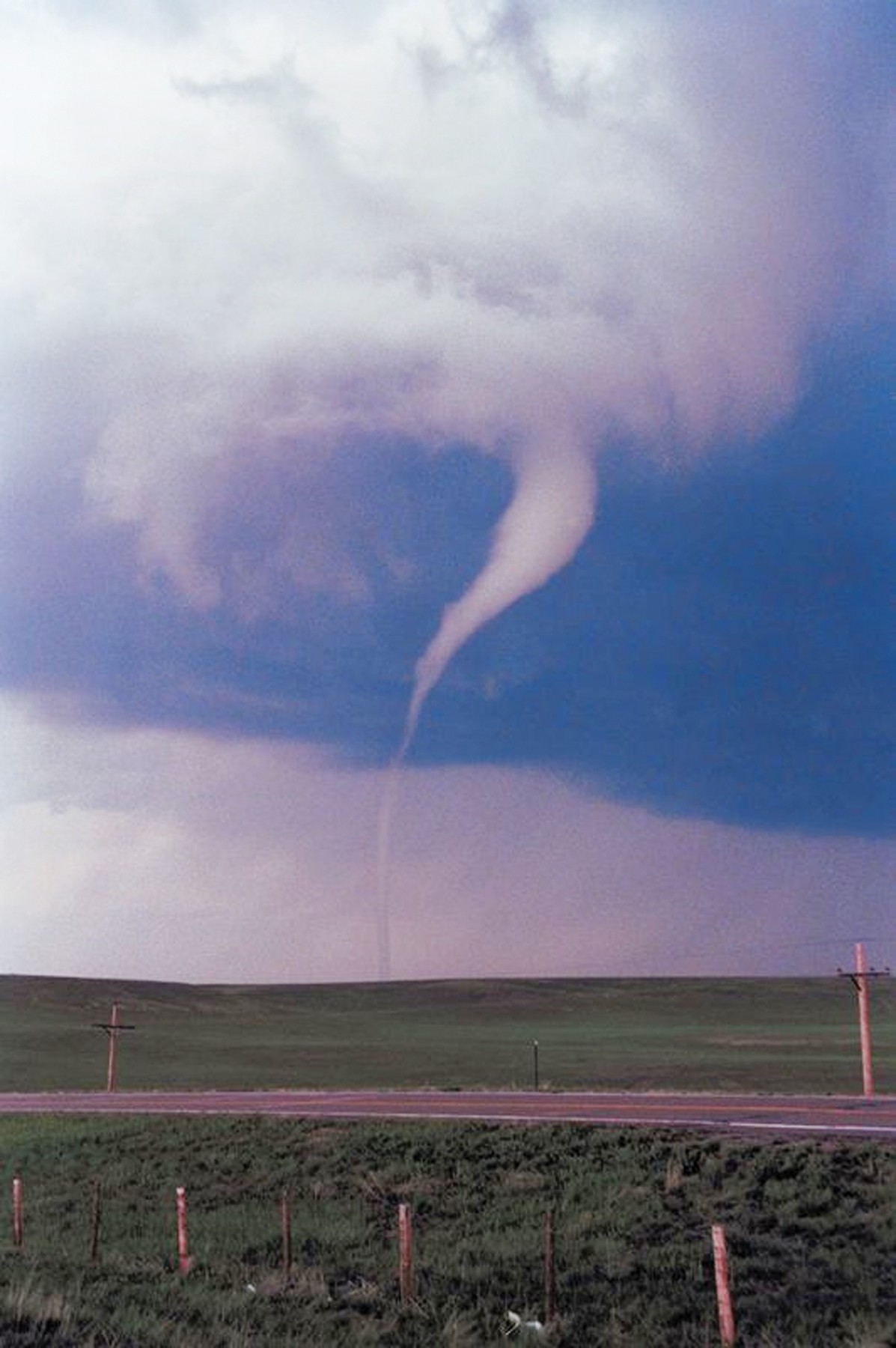FORT RUCKER, Ala. -- Even though tornados strike with little time to react, proper planning can help minimize the after effects if disaster strikes.
A change of wind speed and direction inside a thunderstorm causes a horizontal rotation. When rising air inside the thunderstorm turns the rotation from horizontal to vertical, tornados form, according to Cindy Howell, Fort Rucker Cairns Army Airfield's weather operations station assistant site manager. The rotation speed can cause winds in excess of 205 miles per hour, she added.
One of the first steps to preparing for this disaster is creating an emergency kit, said Lt. Col. Michael Hughes, Fort Rucker emergency operations officer. The kit should include batteries, flashlights, nonperishable food items, baby items and pet food, among other things. A full list is available at <a href="http://www.ready.army.mil" target="_blank">www.ready.army.mil</a>.
Hughes said assembling a kit takes effort, "but it's well worth it." Collecting items for a kit prepares Soldiers and Families for any type of disaster, natural or man-made.
Once a kit is prepared, Hughes recommends checking batteries before a storm and possibly rotating food if it has been in a kit a long time.
Community members should also develop a reaction plan in the event of severe weather. In case of a tornado, Hughes said people should navigate to the lowest level in a building and huddle in a small interior room. People should always stay away from windows, he added.
If people are located in a vehicle or mobile home, they should get out and go to the lowest floor of a sturdy, nearby building or a storm shelter, according to the Federal Emergency Management Agency Web site, <a href="http://www.fema.gov/hazard/tornado/to_during.shtm" target="_blank">http://www.fema.gov/hazard/tornado/to_during.shtm</a>.
In addition, National Oceanic and Atmospheric Administration staff encourages those in vehicles traveling in rural or wide open areas to get out of them, find a low spot, lie face-down and cover their heads with their arms. More evacuation tips can be found on the NOAA Web site, <a href="http://www.noaa.gov" target="_blank">www.noaa.gov</a>.
Hughes said those working on airfields during severe weather should follow their companies' evacuation plans.
The final step to keeping ahead of a storm is staying informed, and Fort Rucker officials have created a variety of ways for community members to do that.
Recently, Fort Rucker officials installed "The Communicator," a phone system designed to call key personnel in on-post buildings. When operating at full capacity, the system makes 23 phone calls simultaneously, Hughes said.
Officials are in the process of adding eight new sirens throughout the installation, including some at Lake Tholocco, he added, but noted the project does not finish siren installation on post.
"We plan on having more. Any time we find an area where the siren is weak, we'll try to (install one)," he said.
The sirens are designed only to warn those outside of impending danger and rarely penetrate noises inside of homes and buildings, Hughes said, which is why he encourages every household to have a NOAA weather radio.
The radios can be easily programmed for warnings in specific counties and emit enough noise to wake people in case a threat occurs in the middle of the night, he said. The average radio costs $30 and can be found at the Post Exchange and similar stores, Hughes added.
"They're widely available and well worth the investment," he said.
Other sources of storm information include AM 1640, command information Channel 6, and other local TV and radio stations. In addition, computers on Fort Rucker's system receive pop-up alerts, plus those with Fort Rucker e-mail accounts collect notifications.
Residents also must know the difference between a tornado watch and warning. Howell said a watch means conditions are favorable for tornado development, while a warning indicates rotation has been spotted by a person or Doppler radar.
Fort Rucker Weather Operations staff issues a tornado watch a few hours ahead of an impending threat and warnings about 15 to 20 minutes ahead of an imminent cyclone strike, Howell said.
Tornados occur here most frequently in March through May and in November, but have struck the area in all months, Howell said.
Staying informed and prepared by following these tips helps area residents keep safe when severe weather threatens.


Social Sharing